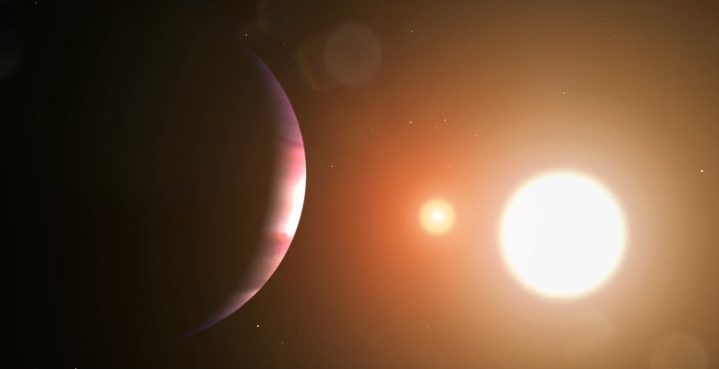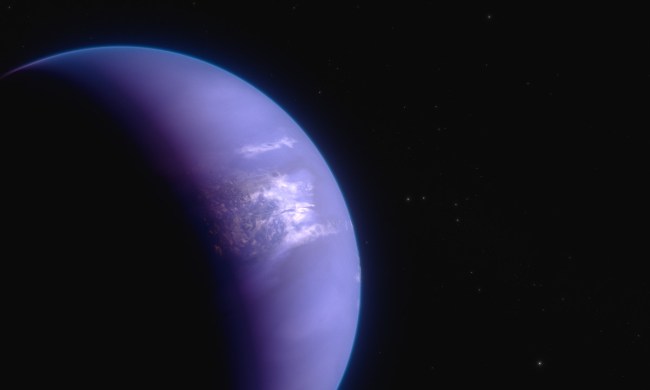Anyone who has watched Star Wars has likely found themselves enchanted by the views from Luke’s home planet of Tatooine, with its pair of suns visible in the sky over the desert. As visually striking as this concept it, it isn’t purely fantasy: there do exist planets that orbit two stars, called circumbinary systems, and standing on one of these planets you would see two stars in the sky.
Astronomers recently discovered one such planet, named BEBOP-1c. Located in the same system as a previously discovered planet, TOI-1338b, the team was trying to measure the mass of the older known planet when they discovered the new one. “Only 12 circumbinary systems are known so far, and this is only the second that hosts more than one planet,” said one of the researchers, David Martin of Ohio State University, in a statement.

The researchers used instruments on the Very Large Telescope and European Southern Observatory 3.6-metre telescope, both located in the Atacama Desert in Chile, to observe the system. They already knew the size of the first planet as it had been discovered using the transit method, which looks for dips in the brightness of the star caused when the planet moves in front of it. Next, they were hoping to find the mass of the same planet using the radial velocity method, which looks at the wobble of a star caused by the gravity of the planet moving around it.
They weren’t able to find the planet’s mass, but they did discover a second planet in the system and were able to learn about it. “BEBOP-1c has an orbital period of 215 days, and a mass 65 times larger than Earth, which is about five times less than Jupiter’s mass,” said lead researcher Matthew Standing of the Open University. “This was a difficult system to confirm, and our observations were interrupted by the COVID pandemic when telescopes in Chile closed for six months during a critical part of the planet’s orbit. This part of the orbit only became observable again last year, when we finalized the detection.”
Systems like this are rarely discovered and can help astronomers understand how planets form in other systems as well. That’s because planets form from disks of dust and gas which surround stars called protoplanetary disks, but these disks are different in systems with two stars.
“In the case of circumbinary geometries, the disc surrounds both stars,” explained researcher Lalitha Sairam of the University of Birmingham. “As both stars orbit one another, they act like a giant paddle that disturbs the disc close to them and prevents planet formation except for in regions that are quiet and far away from the binary. It is easier to pinpoint the location and conditions of planet formation in circumbinary systems compared to single stars like the Sun”.
The research is published in the journal Nature Astronomy.



